Spending time outdoors has been scientifically proven as beneficial for both body and there’s nothing that has affirmed this as the pandemic has. Having your own personal outdoor area that keeps you in safe contact with outdoors even in the darkest of the night is a great way to light up the lonely lockdown evenings.
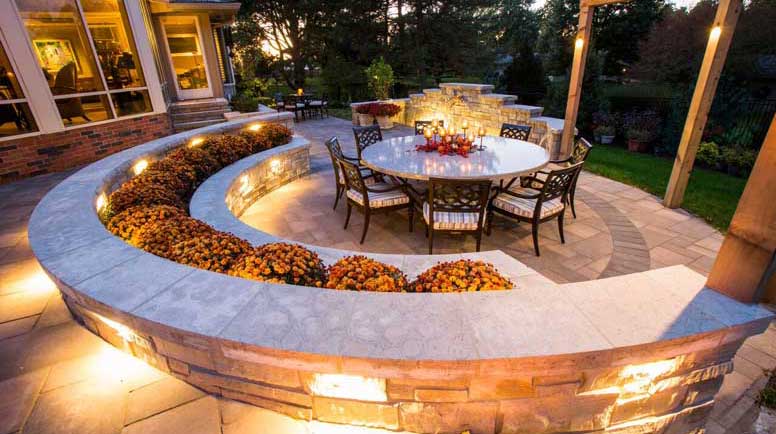
Lighting can shift already positive, calm or relaxed states to more excited ones and vice versa. Nonetheless, our moods are not the only aspects of our well-being affected by light. Our abilities to run a cable anywherein our homes and our lighting outdoor habits have an increasing impact on the environment through light pollution.
By blurring the boundaries between day and night, we made the synchronization of biological processes that are under circadian control more difficult. These include sleep-wake behaviour, hormone secretion, cellular function and gene expression. Circadian disruption is associated with increased incidence of certain cancers, metabolic dysfunction and mood disorders.
Over 80% of the human population experience light pollution while two-thirds of Europeans and nearly 80% of North Americans can’t see the Milky Way due to artificial night sky glow. Although you and your spotlights are probably not the main culprits for this global consequence, reducing your contribution and trying to live consciously and modestly can help you, your yard and the sky shine.
What Type of Lighting Is Best for Outdoors?
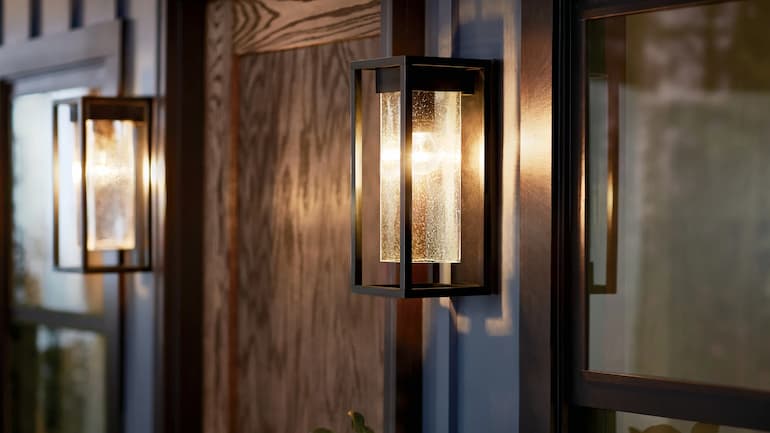
When it comes to selecting the right type of lighting outdoor fixtures, purpose and necessity are the main determining factors.
Floodlights can shine through where many can’t, providing wide-spanning lighting or covering large areas and hidden corners and commonly used for large spaces. In addition, they can help protect individuals and property from robbery, making them a great choice if you have a larger yard.
If you want direct and focused light on key areas, choose spotlights. You can use them to illuminate doors, lively and lush bushes on your lawn or outdoor statues or emphasize décor with wall lights. The difference between spotlights and floodlights is that, instead of spreading light across a wide area, spotlights focus beams in narrow lines directed at one focal point hence they’re usually used in accent lighting and landscaping. However, you shouldn’t overdo and overlight it with spotlights as you’ll be drawing more attention.
Landscape lighting like globes, spotlights and LED light fixtures are used for both enjoyment and security. Lanterns and sconces are used to highlight floral and greenery or emphasize architectural features. Same flood lights, landscape lights bring both utility and protection to outdoor spaces at night. Providing proper landscape lighting includes organic design, scale, controls, light pollution and sustainable LED use.
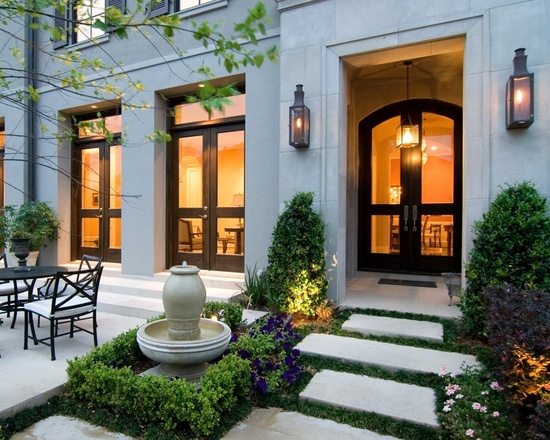
Many people, from journalists to scientists, have classified LED technology and its lighting equipment applications as innovative and energy-efficient solutions. This is due to the ever bigger luminous efficacy of LED sources, the reduction in energy losses and a forecast of cost savings. Even so, the mere fact of using LED technology doesn’t always guarantee the best possible solution. In spite of the many advantages to LEDs, there are also many disadvantages or unsolved problems, such as heat dissipation, blue light hazard, lifetime and the adverse effect on the electrical power system (harmonics generation).
There are many different factors responsible for the real issue of the energy efficiency of a given lighting solution. These can be found in specific standards or technical reports dedicated to different lighting applications and solutions. If you are about to illuminate a larger outdoor area, it’s best to consult a light engineer, specialist or landscape architect.
Motion sensor lighting is the love child of, you guessed it, motion sensors and lighting. Motion sensors detect infrared waves that radiate when things move. When a subject big enough to radiate a considerable amount of heat passes in front of the motion sensor, like people, animals and cars, the lights turn on automatically. Speaking of saving, they only work at night and during dark hours as it is deactivated during the day via a photocell. You can install motion sensors in the driveway, garage or garden path.
What Should I Look for When Buying Outdoor Lights?
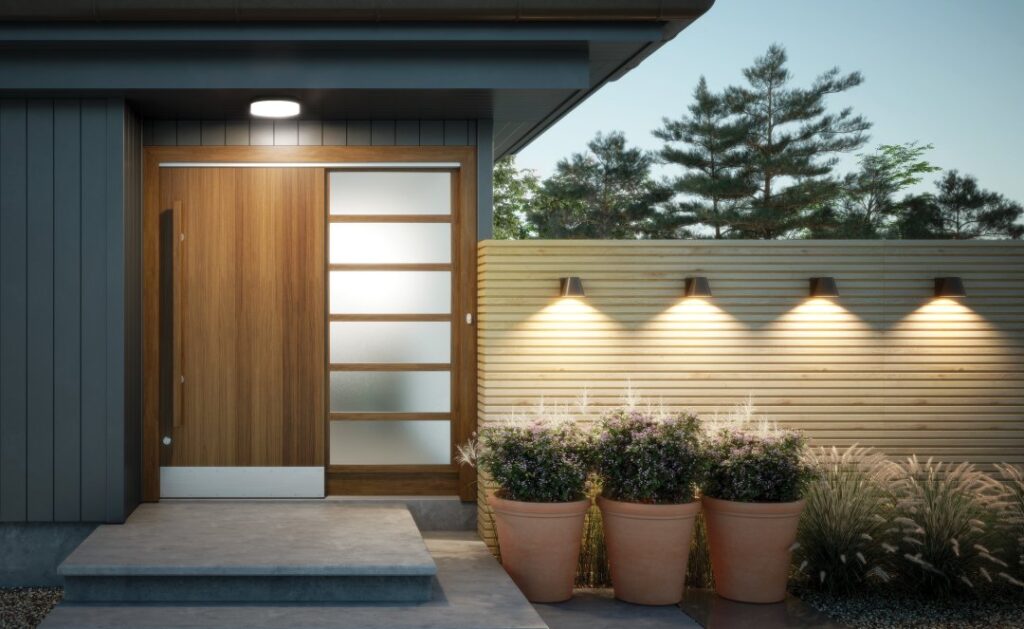
Factors that should be considered are safety, durability, environmental protection, energy wastage, economics and aesthetics ought to be considered in parallel. Clearly, there is a strong need to apply a multi-criteria approach. Yet, starting from the basics like power and brightness will suffice for most yards. So, what is the best wattage for outdoor lighting and how bright should an outdoor light be?
Three ways to power your lights include low voltage, line voltage and solar power. Low voltage outdoor lighting, operating at 12 volts, is energy efficient and easy to install. Line voltage operates at 120 volts and requires electrical conduits for lighting outdoors, to protect wires and junction boxes. Line voltage is best for floodlights and high-powered lighting. Solar-powered lights don’t require wiring but fixtures should be installed where they will get lots of sunlight. Solar-powered lights are fairly easy to install and great for the environment.
Up to 40 watts is ideal for outdoor lights, especially lighting pathways, garden beds and other landscape areas. They’re great for both lighting your yard and helping the environment as they don’t put off too much damaging light pollution, disturbing the night animals. Use 40 to 80-watt lighting outdoor sparingly even though they are night sky approved. Anything that’s 80 watts and over is too bright for most home landscape lighting except as security outdoor lights for larger lawns and driveways. It’s best to attach them to motions sensors which can scare away most predators.
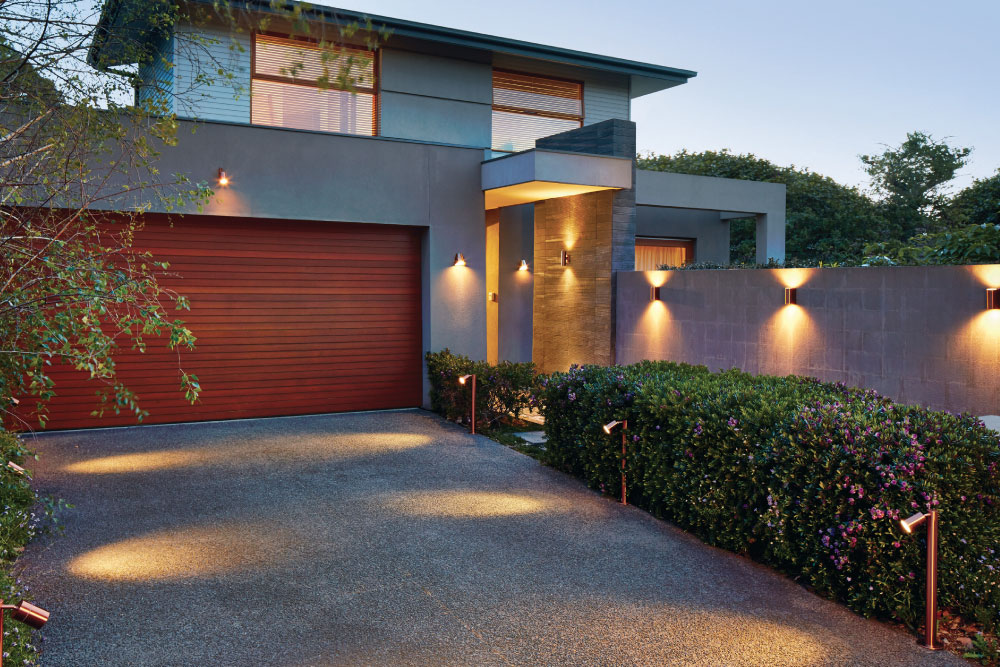
Lumens are a measure of the brightness of the light. More lumens equal brighter light bulbs will appear. Lumens differ from wattage in that watts measure the amount of power the bulb consumes while shining at a certain level of brightness. More wattage means more lumens but the opposite isn’t necessarily true. Choose outdoor lights in the range of 100 to 200 lumens for wall lights or spotlights, 200 to 400 lumens for pool or pond lights, 300 to 700 for motion sensor lights and up to 1300 for floodlights.

